
Der
Fuhrer, Adolf Hitler, started WWII
The second World War has been chronicled, mythologized, and revered in
film, television, and other media for generations. But zooming in on individual stories, lives, and battles
for entertainment, can sometimes obscure the utterly overwhelming nature of the
war.
An astounding 60 million people around the world are estimated to have lost their lives in the conflict. The total number of casualties counts 15 million soldiers and 45 million civilians. This may be a low estimate, as estimates place the number of dead in the conflict at 50 million in China alone.
It is widely accepted that Germany started World War II in its effort to conquer Europe, invading France in the west and Poland and the Soviet Union in the east. Led by
Adolf Hitler’s murderous
Nazi regime, the Germans welcomed Italy and Japan into the Axis fold to fight the Allies, whose major members grew from just the United Kingdom and France at the war’s outset to include the United States and the Soviet Union.
While the Germans quickly overran France and installed a collaborationist government, a major French resistance sprung up and actively worked to undermine the Nazis in France and abroad, providing intelligence to the Allies as spies sabotaged German supply and communication lines within France.
No accounting of World War II would be complete without inclusion of the Nazis' brutal concentration camps, where Hitler turned his genocidal fantasies of creating a so-called German “master race” by killing millions of Jews, gypsies, and other persecuted groups into a reality.
By the time the second world war came to a close in 1945, the victorious powers committed to a new world organization that aimed to ensure there would never be a third. The
United Nations was born from this commitment, along with the popularization of the idea that crimes against humanity and
genocide must never be tolerated.
But this has not stopped Russia invading the Ukraine in 2022, in the process committing serious HR violations and (alleged) civilian massacres.
Once again, Europe is being drawn into a world conflict situation, with
President Vladimir Putin threatening Finland and Norway with nuclear weapons.
Potentially, leaving China and India, as accelerating world powers to reap
the spoils as the US scrambles to underpin a paper money based economy with
promises.
Russian
imperialism on this scale was only possible due to lax laws in other
countries, allowing property and other investments, without vetting where
the money was coming from. In addition, purchasing oil and gas for energy,
built up the financial reserves in Russia, to enable them to launch their
aggressive attacks on Ukrainian civilians - once again putting the world on
red-alert for a Third World
War reversing the build up to a New
World Order.
This
situation has come about due to the lack of action on renewable energy to
rid the world of fossil
fuels. Indeed, fossil fuels have been subsidized, rather than renewable
energy, such as solar, wind and wave. These are policies that are far
removed from the concept of sustainability, as per the UN's Sustainability
Development Goals.
GOOD
THINGS FROM WWII - TEN OF THE BEST
Every
cloud has a silver lining. Even the Second World War, because wars tend to
speed up technological advancement. Even some unusual inventions like the
bouncing bomb from Barnes Wallace, got the go ahead.
Today,
politicians and policies are at a virtual standstill, where investments
might be affected by disruptive technology. Even though we need such
advances quite urgently.
1. COMPUTERS
From the machine that we used to write this article, to the incredible processing power of an
ordinary smart phone, modern computing would not be what it is without the innovation of the Government Code and Cipher School at Bletchley Park and Colossus. This giant installation used glass valves, because transistors would not be invented until NASA wanted a computer light enough to go to the Moon.
Originally invented as a way to speed up the cracking of the German Enigma codes, Colossus was the first of many computers which have gradually shrunk in size to become part of everyday life, with their use in work, schools and play around the world.
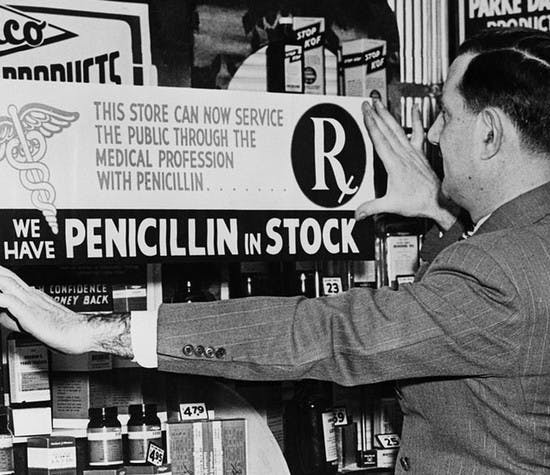
2. PENICILLIN
Howard Florey was the Australian scientist who spearheaded the studies for medical penicillin.
While he was known as quite an impersonal man, who disliked using first names, he was also highly admired by the scientific community and never had a lack of willing assistants, on which he stated:
"I would work with the devil himself-if he were good enough".
In 1938, Florey started working with a small group of scientists, including Ernst Boris Chain, with whom he would later go on to share the Nobel Prize for Medicine, and Sir Alexander Fleming. By 1941, they had developed a drug sophisticated enough for human trials, which proved a resounding success.
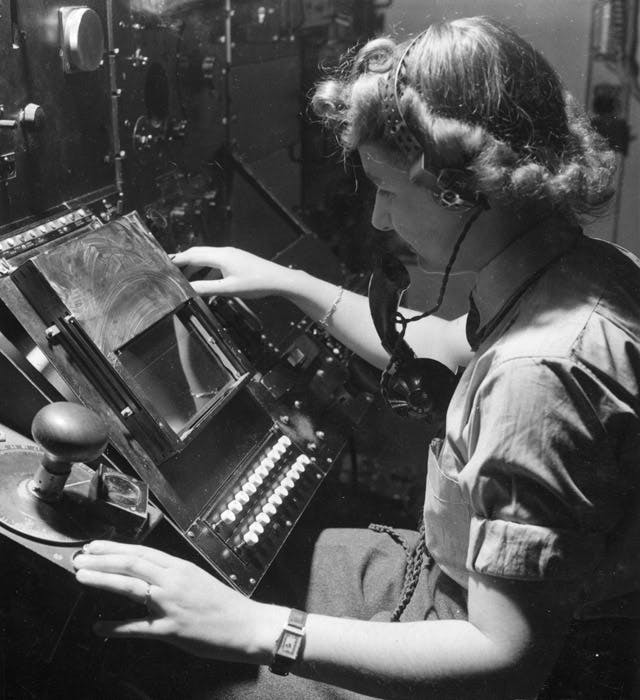
3. RADAR
Perfected by the British during the Battle of Britain to detect incoming air raids, radar is still used in everyday life.
Speed cameras work on radar technology, measuring your speed and automatically taking a photograph if you are over the permitted limit.
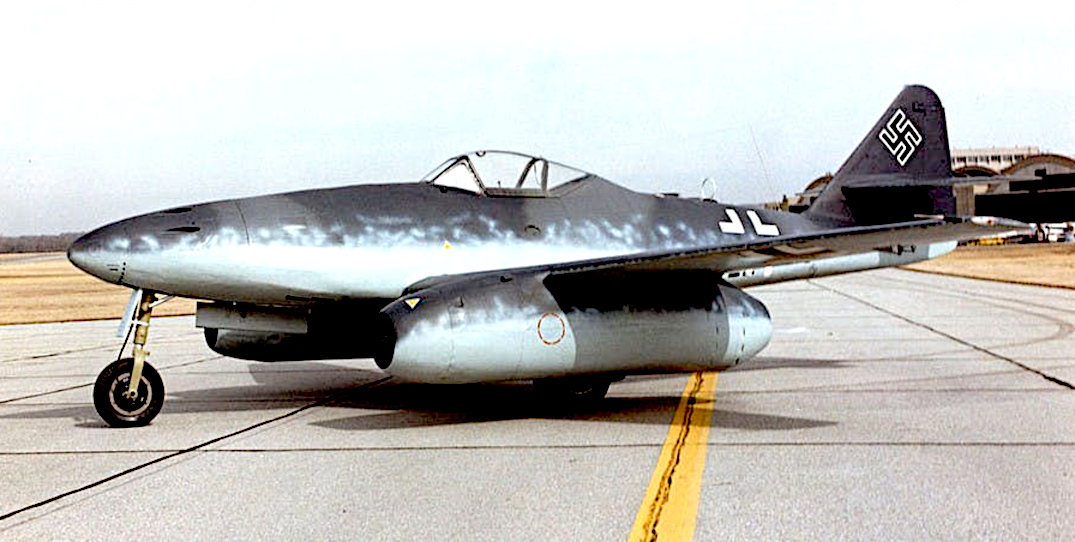
4. JET ENGINES - GAS TURBINES
Jet engines came to the fore in the closing months of World War 2 as a way of giving fighters an advantage over their adversaries. The German ME 262 was the first operational Jet fighter with the British Gloucester Meteor not far behind.
This technology, first developed between 1939 and 1945, is now being used by airlines to carry passengers all over the globe, so much so that flying abroad is now more affordable than ever. Sadly, jets are partly responsible for global warming and atmosperic pollution.
5. PHOTOCOPYING - XEROGRAPHY
The idea that a great invention was the only thing between his modest upbringing and success was an idea that gripped Chester "Chet" Carlson from childhood, most of which he spent buried in books about Thomas Edison and other famous inventors.
Having worked in patent offices for several years, Carlson noticed that there was always a lack of patent specifications, copies of which had to be typed up and then individually proofread. Little did he know this observation would lead to the application of his first patent in 1937 when countless hours of kitchen experiments led to the discovery of xerography, the science still used in photocopiers today.
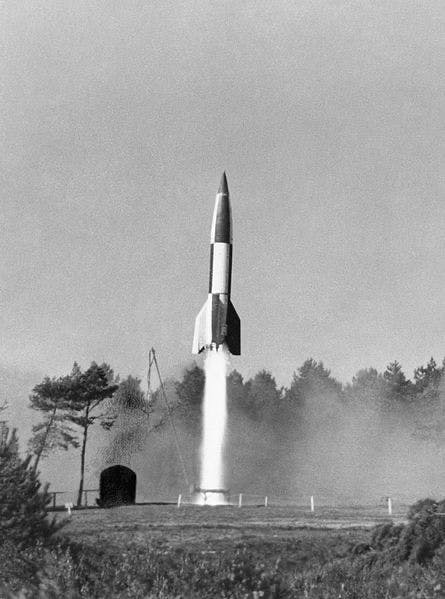
6. ROCKETS FOR SATELLITES
Using German technology geared towards guiding the V2 rocket, the Americans and Russians were able to launch the first satellites, put men on the moon and build the International Space Station.
All of these post-war initiatives advanced our knowledge of the universe significantly. In a more everyday sense, signals bounce from satellites in space to bring you digital TV and SatNavs triangulate your position between three satellites to tell you where you are in the world.
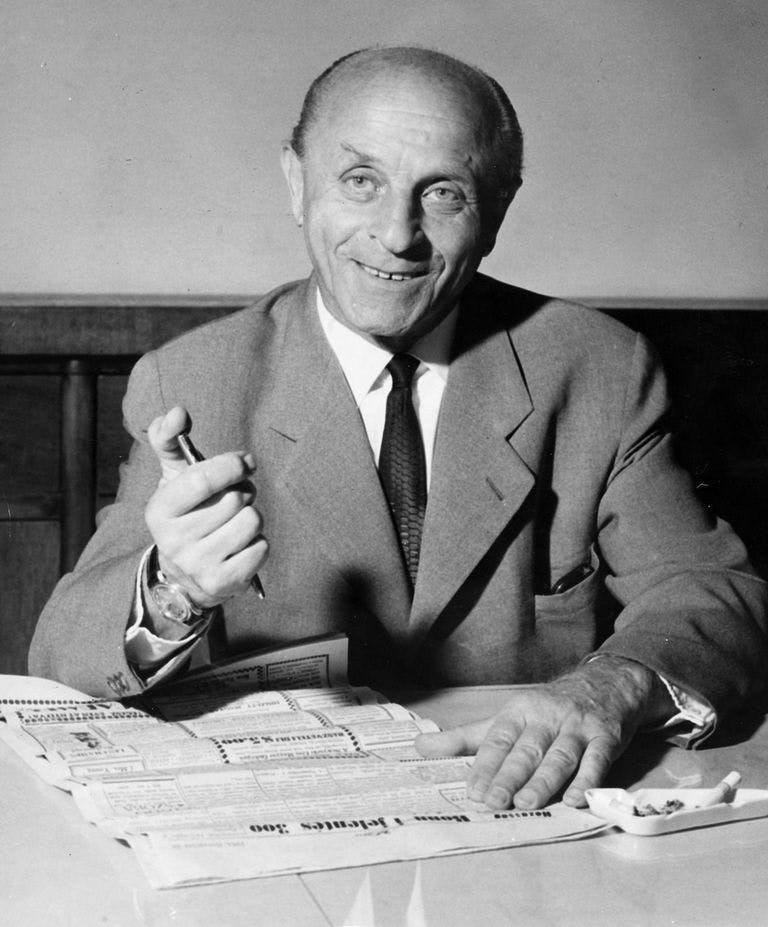
7. BALL POINT PEN - LASZLO BIRO
Frustrated by the fountain pen's tendency to smudge, journalist and artist Laszlo Biro invented the ballpoint pen after seeing a type of ink in a printing shop that dried almost as soon as it hit the page. He enlisted the help of his brother George, a scientist, and took out a patent on the invention in 1938.
One of the ballpoint's first customers was the Royal Air Force, taking out an order of 30,000 units for pilots to use at high altitudes, where reservoir pens were prone to leakage.
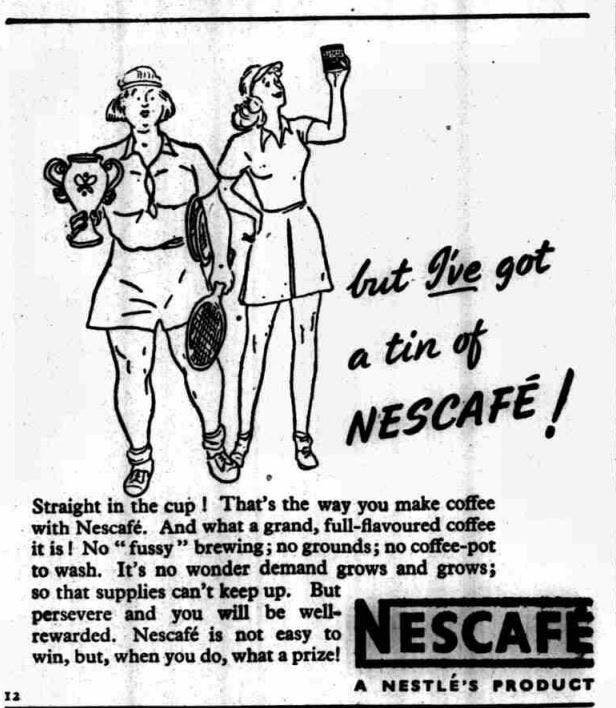
8. FREEZE DRIED COFFEE
In today's caffeinated world it might be hard to imagine a huge surplus of coffee beans sitting unused in warehouses in Brazil. Yet, it was exactly this problem, brought about by the Great Depression, which lead to suppliers asking Nestle to come up with a way of preserving it.
Soluble coffee products had been on the market before but they were vastly inferior in taste to the product created by Nestle in 1938. The brand pioneered the process of drying coffee extract with carbohydrates. Freeze-dried coffee would come about after the war, using the same vacuum technology used to produce penicillin.
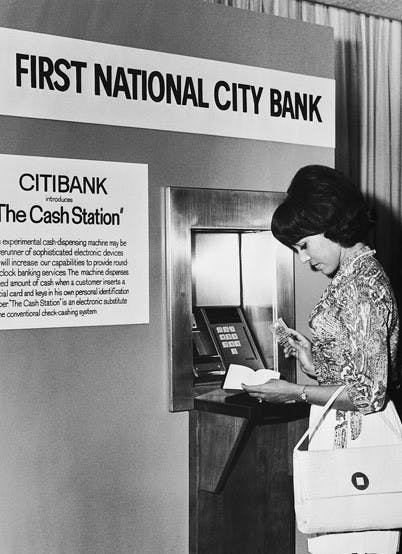
9. ATM AUTOMATED BANKING MACHINES
Inventor Luther Simjian emigrated to America from Armenia when he was 16. He went on to hold over 200 different patents for inventions ranging from flying simulators to computerised indoor golf ranges. In 1939, Simjian started work on the world's first working ATM, but it wasn't until the 1960s that he managed to convince a New York City bank to install several machines in one of their branches.
They were removed after six months due to customer's distrust of a money-swallowing computer, as Simjian later divulged:
"It seems the only people using the machines were people like prostitutes and gamblers who didn't want to deal with
bank tellers face-to-face". Even today, people would rather pay money into a
bank, via a person, who gives out a paper receipt. Withdrawing cash is
another matter. ATMs are indispensable for that, and checking bank balances.
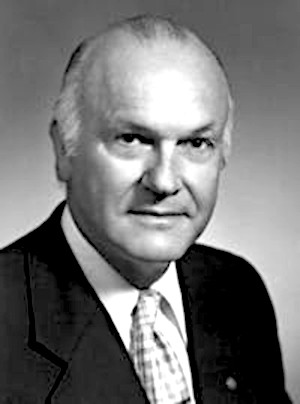
10. SUPERGLUE
Superglue was accidentally invented by a scientist looking to manufacture gun sights. While he was working for Kodak, Dr Harry Coover, discovered that a chemical mixture he had used bonded extremely strongly, so much so that once stuck together, it was difficult to separate.
He initially abandoned the mixture as it wasn't what he needed for the project he was working on. Superglue only resurfaced on the civilian market in 1958, a full 16 years after its initial invention.
A
- Z OF NAZI GERMANY
|








